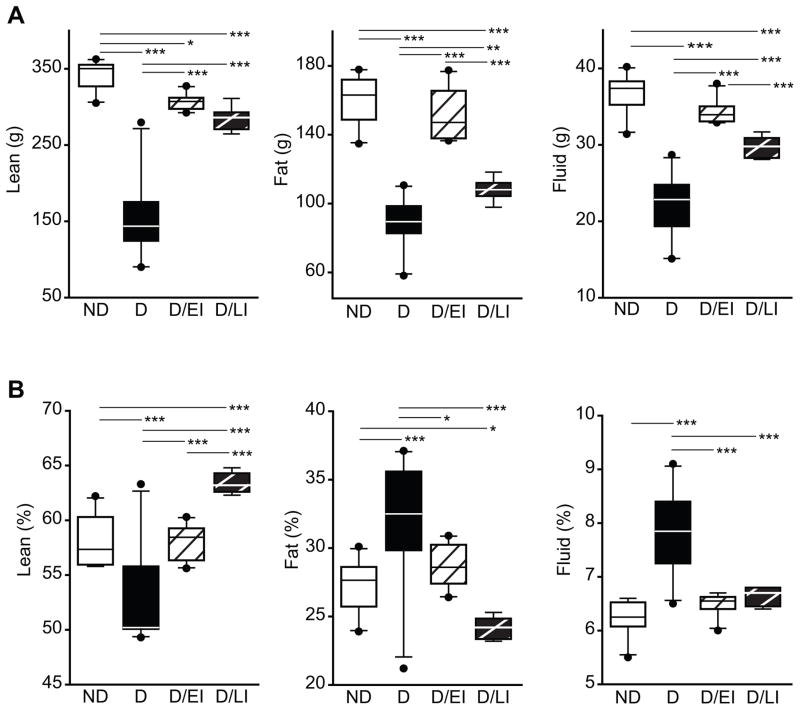Figure 1. Experimental design and longitudinal tracking of blood glucose and body weight§.
A) A twelve-week duration of STZ-induced diabetes was investigated, including uncontrolled diabetic (D) and insulin-treated diabetic groups. D animals were placed into three groups that either received no insulin treatment, insulin treatment starting 1 week after diabetes induction (diabetic/early intervention – D/EI), insulin treatment starting 6 weeks after diabetes induction (diabetic/late intervention – D/LI). The non-diabetic group (ND) received citrate injection at the same time as the diabetic animals received STZ. All animals were sacrificed after 3 months. B) Blood glucose (BG) was monitored throughout the study. BG was determined every two weeks and during insulin treatment BG was determined weekly to monitor treatment performance. C) At sacrifice BG was higher in D animals than in all other groups, while BG in D/LI animals was higher than in the ND and D/EI groups. D) Body weights were monitored throughout the study. In D groups weight gain was slower than in ND animals but normal growth rates were regained upon insulin treatment. E) At sacrifice all D groups weighed less than ND controls and insulin treated diabetic groups (D/EI and D/LI) were heavier than untreated D animals depending on the length of treatment. ANOVA, SNK post hoc ***pitalic>0.001, ** pbold>0.01, *p<0.05. § Data presented are derived from rats in two experimental cohorts (n=20/group).

